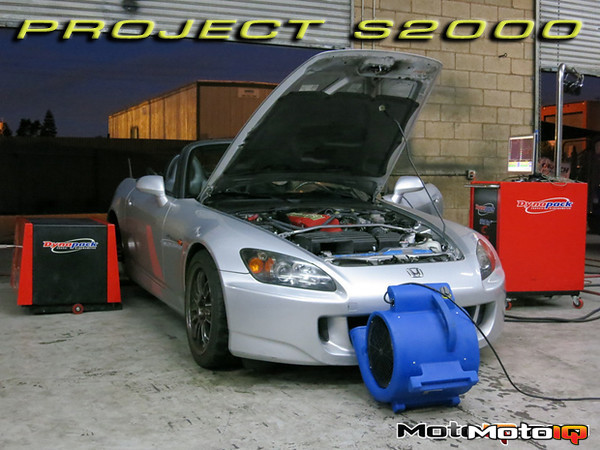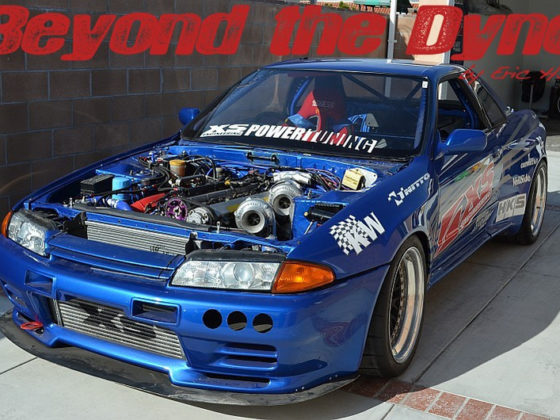,
 |
| Remember to scrape off all the old sealant goo from the bottom of the engine and clean up the surface with a brush to provide a clean surface for the reinstallation of the oil pan. |
 |
| Before ripping into the car, we dyno tested it first. You should always have a baseline! The baseline is the dotted aqua colored line with the nasty torque spike at the VTEC engagement point of 6000rpm. The torque goes from 145lb-ft to 168lb-ft in a span of about 250rpm. The big unexpected surprise for me was the huge gain in torque in the range of 2000-4000rpm after Church tuned the car; there is a 30lb-ft gain in the 2600-2700 range! The VTEC engagement point was lowered to 5600rpm resulting in a less steep torque gain. In the same 6000-6250 range as stock, the torque gain is only 10lb-ft compared to the stock spike of 23lb-ft. |
|
|
| The car’s baseline dyno was on the healthy side at 238hp as compared to other stock AP2s which tend be around 230hp on Church’s dyno. For another point of reference, a 370Z went on the dyno directly after my car; it had Stillen intakes, headers, and a Nismo exhaust. The Z put down 327hp before getting tuned with a stock 370Z being rated at 332hp at the crank. The tuning enabled by the KPro achieved my goal of smoothing out the torque and power curves; notice how the power curve is much more linear in the VTEC engagement range after the tuning. Overall, the entire power curve was shifted upwards with large gains of ~20hp in the ranges of 2000-3000rpm and 5500-6300rpm. Also, the engine redline was extended to 8500rpm to give over-rev capacity. |
I can honestly say the tuning by Church enabled by the capabilities of the Hondata KPro has far exceeded my expectations for performance gain on a completely stock powertrain car. My only initial goal was to smooth out that torque spike during VTEC engagement, but the car really improved in all aspects. The gains down low are immediately noticeable driving on the street with much better pull and throttle response. Before, the stock VTEC engagement also caused a drastic change in audible pitch and volume. Now, with the lowered VTEC engagement point, the audible change is much more linear just like the torque and power curves. The improvement in drivability around VTEC engagement is exactly what I was hoping for and the power gain across the entire rpm range is a bonus. The extra 500rpms give over-rev capability similar to 600cc sport bikes; it allows the car to stay in the powerband longer and also gives a wider powerband. This translates into faster lap times.




